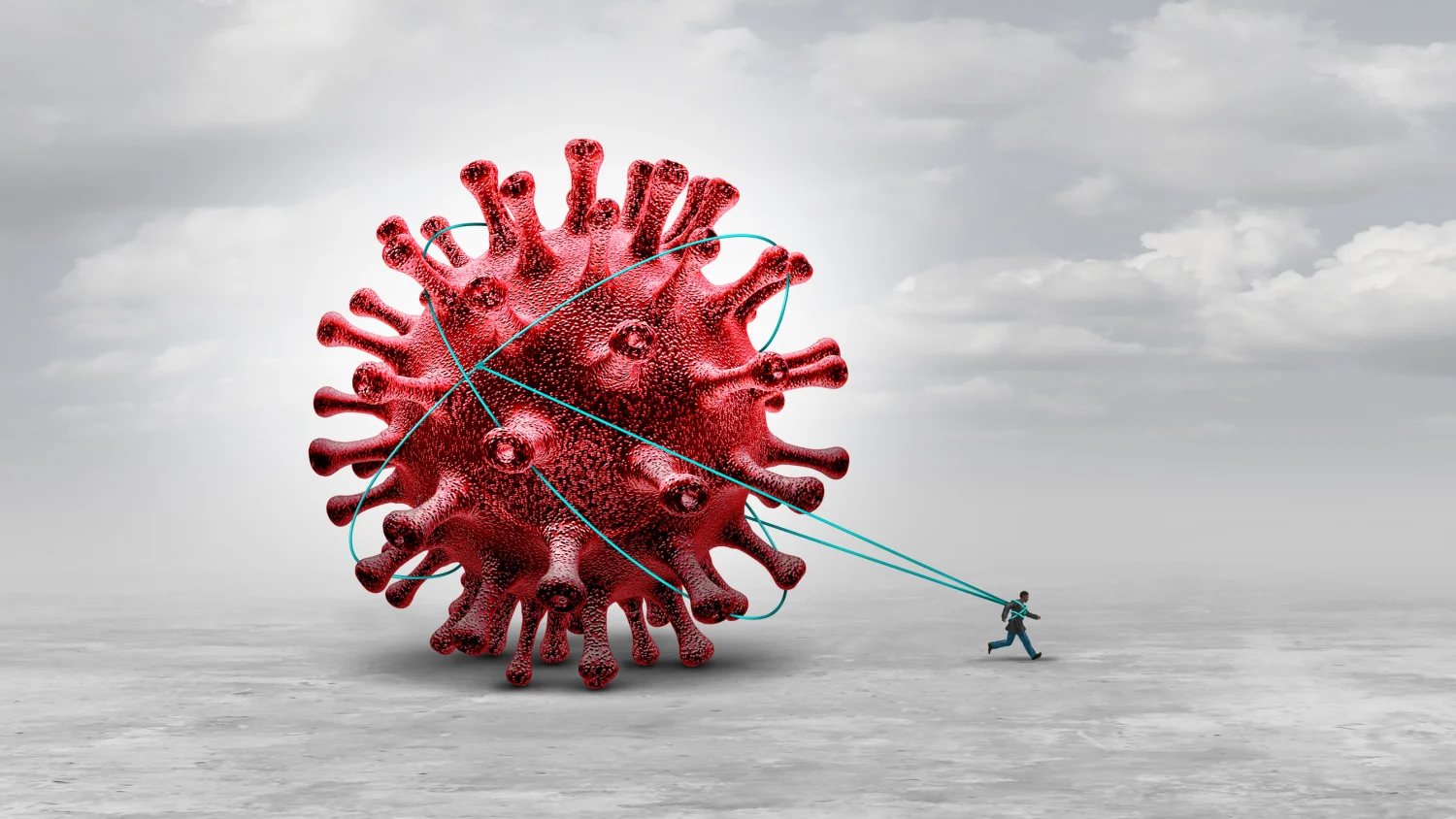By Liberty T. Navhaya
Source Degruyter
Abstract
Coronavirus disease 2019 (COVID-19) is a novel disease that had devastating effects on human lives and the country’s economies worldwide. This disease shows similar parasitic traits, requiring the host’s biomolecules for its survival and propagation. Spike glycoproteins severe acute respiratory syndrome coronavirus 2 (SARS-CoV-2 spike protein) located on the surface of the COVID-19 virus serve as a potential hotspot for antiviral drug development based on their structure. COVID-19 virus calls into action the chaperonin system that assists the attacker, hence favoring infection. To investigate the interaction that occurs between SARS-CoV-2 spike protein and human molecular chaperons (HSPA8 and sHSP27), a series of steps were carried out which included sequence attainment and analysis, followed by multiple sequence alignment, homology modeling, and protein–protein docking which we performed using Cluspro to predict the interactions between SARS-CoV-2 spike protein and human molecular chaperones of interest. Our findings depicted that SARS-CoV-2 spike protein consists of three distinct chains, chains A, B, and C, which interact forming hydrogen bonds, hydrophobic interactions, and electrostatic interactions with both human HSPA8 and HSP27 with −828.3 and −827.9 kcal/mol as binding energies for human HSPA8 and −1166.7 and −1165.9 kcal/mol for HSP27.
Read more click here 10.1515_bmc-2022-0027

